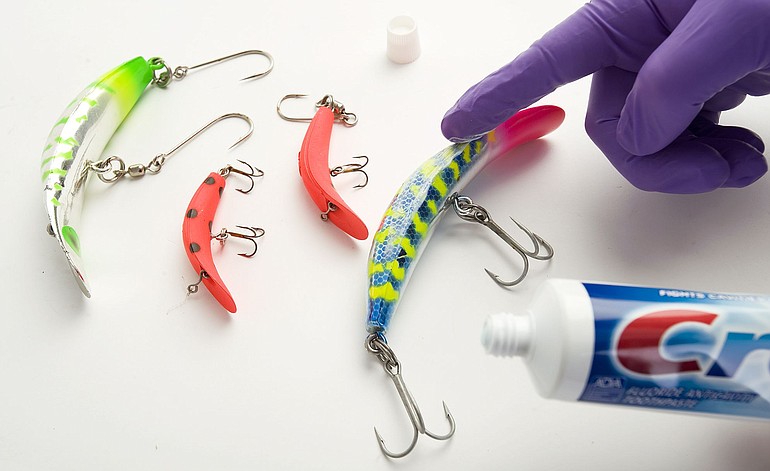Veteran salmon and steelhead fishing guide Bob Kratzer says people get a good chuckle when he cleans his plugs with Crest toothpaste.
But Kratzer, of Angler’s Guide Service in Forks, Wash., doesn’t care. He believes being “freakishly clean’’ with his plugs, his leaders, even his main line, is critical to catching fish regularly.
At the Washington Sportsmen’s Show in Puyallup last week, Kratzer said he has a theory that fish put out different pheromones when doing different activities, including when they are scared.
Those pheromones send a message to other fish.
“When you’re hooking them, they’re putting off that pheromone in their slime, and if they roll up in your line, then it’s on your line,’’ Kratzer said. “How many times when you’ve caught fish is there slime on your line? If I’m catching fish regularly, to get rid of that slime, I change my leader regularly.’’



